Where the sky is water and water is life
The Ebro Delta is the most important wetland in Catalonia. It is the main wintering place for many waterfowl and an important breeding area for many others. The Ebro Delta is characterized by a completely flat relief, large expanses of lagoons, virgin beaches and an endless sea of rice paddies. It is a lot of landscapes and it is only one that changes throughout the seasons and that has changed a lot throughout its history.
The current Ebro Delta began to form almost 5000 years ago with the formation of the first sandbanks and the encirclement of the first ponds. A Delta that has been growing with floods of water and land that have been changing the physiognomy and coastal dynamics. A constant battle between the river and the sea, and in their drawing they have left us the current Delta. A space full of life, a wonder created by nature. Despite the current problems and the regression suffered by the Delta, it has a surface area of 320km² of which practically 8,000Ha are protected areas due to the creation of the Ebro Delta Natural Park and nearly 22,000Ha of rice paddies. Fields that disappear into the horizon and that humans have worked on tilling land and planting rice. Today the Delta is a fragile space that must be loved and cared for. A Delta in danger, a Delta that its people have been able to bring from the inside and that makes us, its people, so special. They have taught us that it is home and that is why we must defend it. Here, there and beyond.
Today, visiting the Ebro Delta is synonymous with tranquility, calm, peace… All of this makes sense if when we visit it we do so for its people, those who have seen it grow, those who love it for its fragility and beauty.
Visiting the Ebro Delta is no longer just about taking the boat trip to the mouth of the river and eating good rice. To visit the Ebro Delta is to immerse yourself in its landscapes, its fauna and its people. Today, to visit the Delta is to learn about its problems, its traditions, its culture and to perceive the smell of mud that characterizes it so much. A guided family route, a sunset with your partner…
In this second news of the blog we want to divulge the best routes to get to know the real Ebro Delta with local guides.
1. Bird watching in the Ebro delta
This route that combines travel by vehicle and on foot is ideal for lovers of the purest nature and less frequented areas of the Delta.
It starts at the Ampolla Playa Camping and we go to the map of the Delta right at the start of the lagoon of les Olles route from where, as usual, we make a geographical introduction to the Ebro Delta. From there we take a pleasant walk by the sea to the panoramic viewpoint of the lagoon from where we can observe the birds and the surroundings of Les Olles. Then, with the vehicle, we will drive around this protected area to stop at the rice paddies and learn about rice cultivation in the Delta, how it changes throughout the year, its environmental characteristics and the ecological function it performs for to the birds Further on, having passed the pumping station, we arrive at the mouth of the lagoon to explain traditional elver fishing and thus arrive at the Goleró (former mouth of the Ebro). At this point we are at the beginning of Badia del Fangar, the main area of arrival of the sea ball from the oceanic Posidonia and a vital area due to the presence of glasswort From here, following the coast of the bay, we reach the green filter of Illa de Mar where we take a walk through the wetland until we reach the panoramic viewpoint. From here we can contemplate the immensity of the bay, the mussel-beds, the birds that live in the wetland and the rice paddies that surround the northern hemidelta. Finally, with the vehicle, we arrive at Port Illa de Mar to get to know the fishing system up close and we end the route at the corner of the bay passing through the boat cemetery, one of the spaces most frequented by flamingos.
This route is ideal at any time of the year to do it with friends or with your partner.
Do you want to experience bird watching in the Ebro delta?
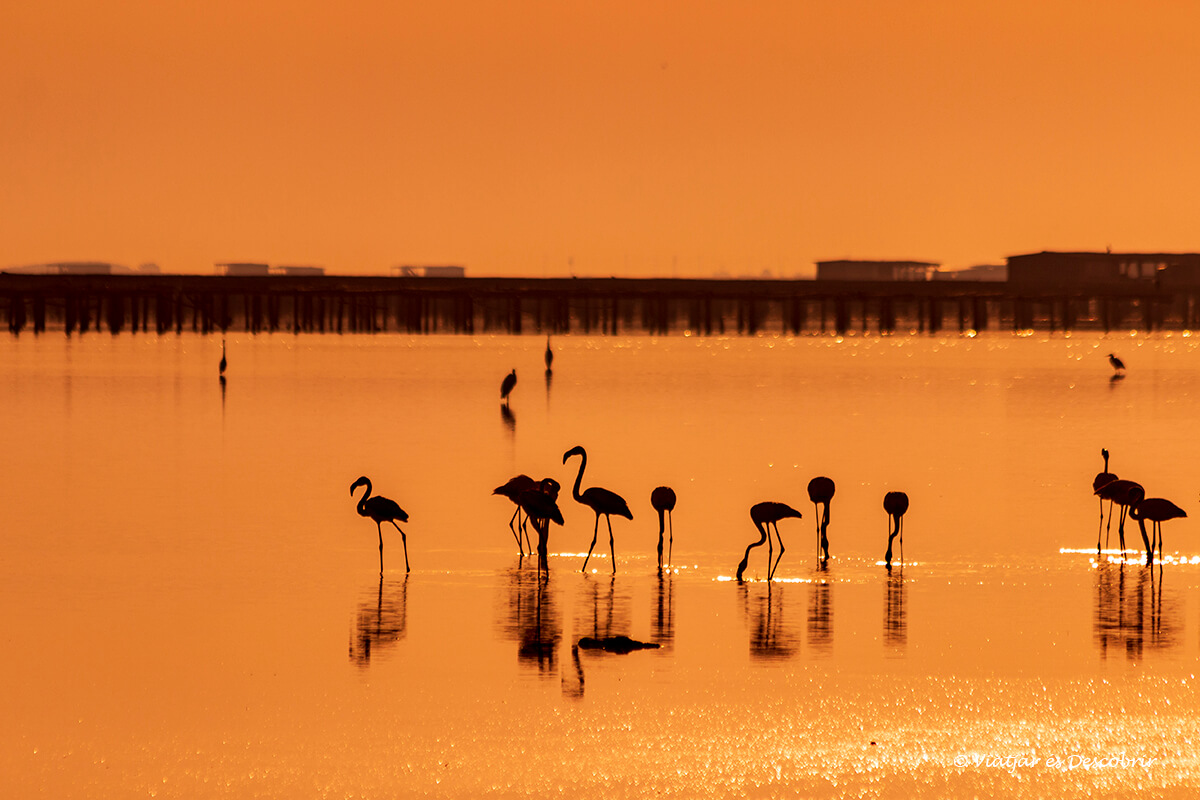
2. Photographic sunset among flamingos
This route, which combines travel by vehicle and on foot, is ideal for wildlife photography lovers, among other birds, the emblematic flamingos. Accompanied by one of the best sunsets in the Ebro Delta.
The route starts at the Riet Vell ecological rice paddies and headquarters of SEO BirdLife in the Ebro Delta with a geographical introduction to the Ebro Delta to learn about its geological origins and traditional activities. Then we visit the organic rice farm and enter the wildlife observatory. One of the most unknown spots for visitors but which hosts a significant number of birds.
When leaving we take the vehicle to catch the golden rays of the sunset light and thus contemplate the flamingos in the lagoon of La Tancada.
Finally we move to the Barra del Trabucador to reach the breakwater from where we will just eclipse the sunset by la Serra del Montsià with its reddish tones until it becomes completely dark.
This route is ideal at any time of the year, although preferably the warmer months are the most advisable. Perfect route to do with friends or with your partner.
More information about sunset photography among flamingos
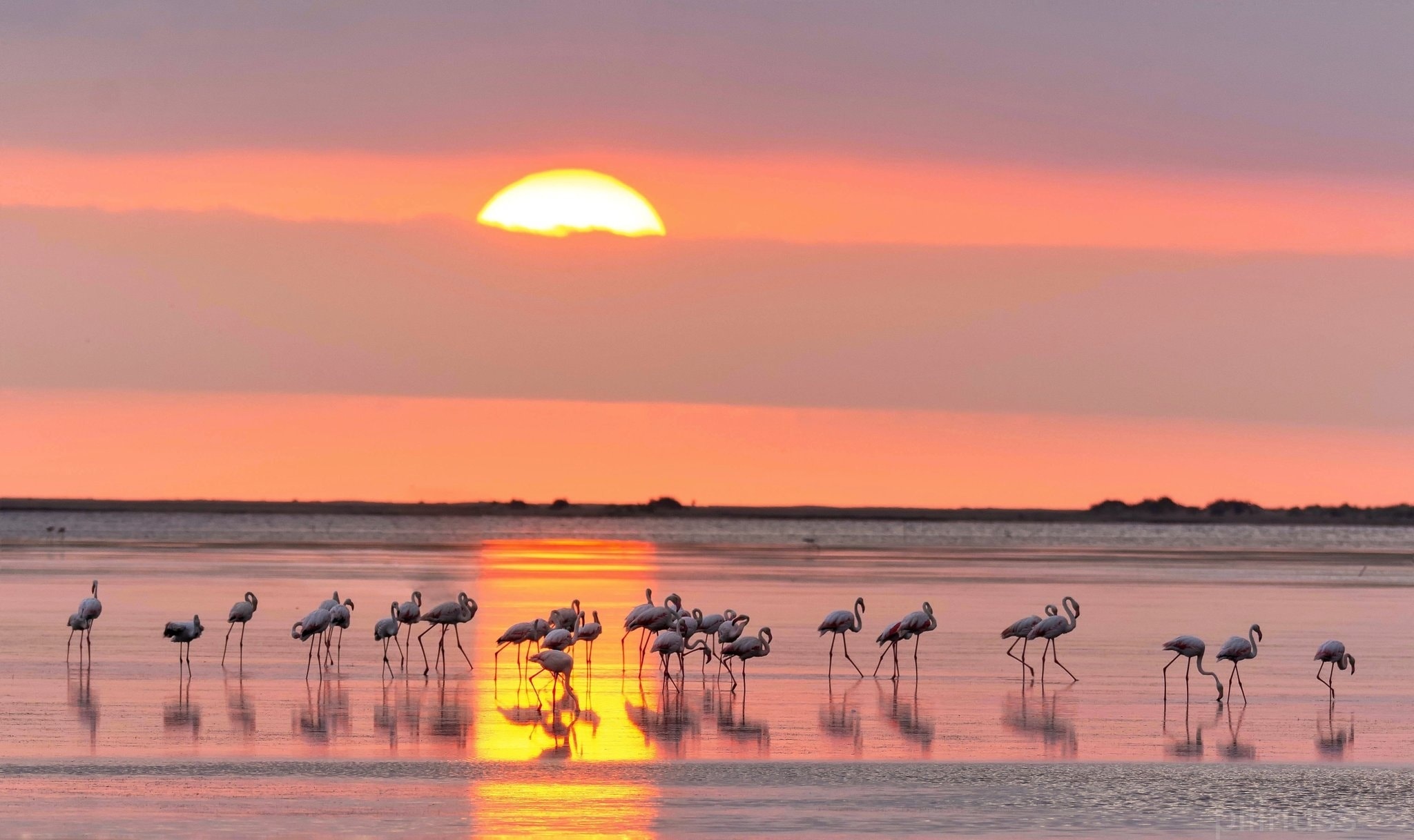
3. The Ebro delta in your hands
This route, which combines travel by vehicle and on foot, is ideal for first-time visitors to the Ebro Delta.
The activity starts at the Ebro Delta Natural Park Ecomuseum. Regardless of whether the center is visited or not. From this point, the Delta map offers a holistic view of the Delta as a whole, geological formation, hunting, fishing, salt, rice and the creation of the Ebro Delta Natural Park. A brief geographical introduction to the Delta area.
From this point and with the vehicle we travel along paths and footpaths throughout the North Delta stopping in the droughts and in the rice field to introduce the visitor especially to this crop so deeply rooted in our land.
The itinerary follows paths unexplored by visitors and only known by local guides to the Riu Fondo where we find the old mouth of the Ebro and the point where mussels and oysters were sold in the 90s.
Immediately following the bay of the mud, you can already see its impressive peninsula and its lighthouse and a whole sea of mussel-beds in front of us. Point that we can better contemplate from higher up from the panoramic viewpoint of Illa de Mar.
After the walk, we continue to the fishing port to learn more about mussel and oyster cultivation, their boats and what the day-to-day life of the mussel workers is like.
Finally, passing through the boat cemetery, we arrive at the corner of the bay from where we can see the flamingos that always take shelter in this quiet place away from everyone.
This route is ideal at any time of the year. Perfect itinerary for families.
Route the Ebro Delta in your hands
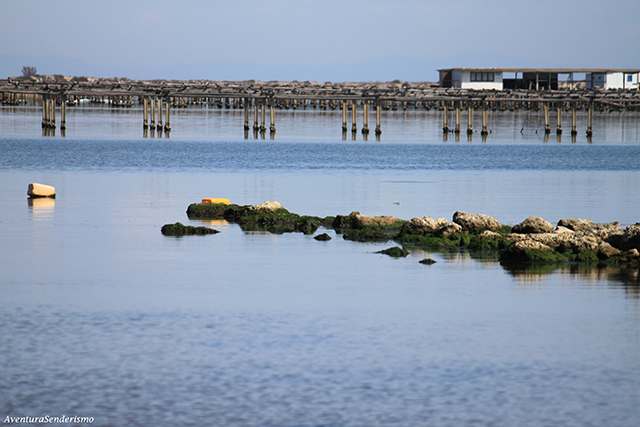
4. The great bird show
This route, which combines travel by vehicle and on foot, is ideal for bird enthusiasts as it is a monographic outing to spot birds in the lagoons of the Ebro Delta.
The tour starts at the Casa de Fusta of the Ebro Delta Natural Park and ornithological museum. Although the visit to the center is optional, it is highly recommended to do so to have a first contact with the local species. La Casa de Fusta, despite being a Canadian house and refuge for hunters, today it collects a large number of dissected bird specimens and classified by family which help visitors very well to understand what birds are like, why they migrate, which habitats they frequent and what are their plumage changes throughout their life.
From here, with the vehicle, we take a route through the main viewpoints, making stops at l’Encanyissada (Mirador de l’Enbut & Filtre Verd), la Tancada and the other end of l’Encanyissada (Mirador del través). A circular circuit that goes through the main ponds of the Delta and those that host the largest number of birdlife in our territory.
At each stop and as usual we have binoculars for our visitors and accompanied by a bird guide we explore the birds of the Delta while trying to identify them and discriminate their plumage according to sex, age and time of year.
This route is ideal at any time of the year, although winter is when there is the highest concentration of birds in the Delta and therefore it is most advisable to do the route. Perfect itinerary for families or for very passionate bird lovers.
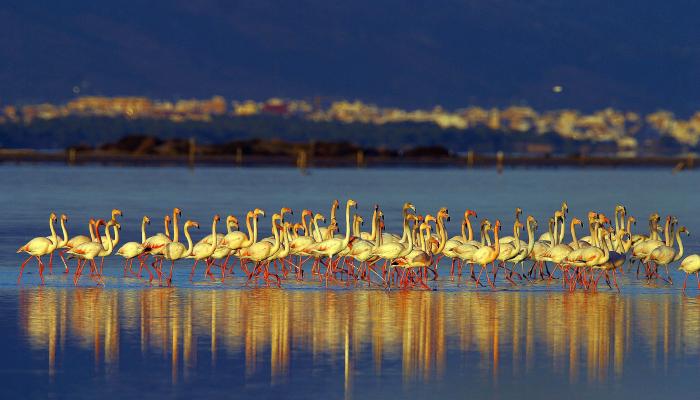
We leave you with a video that best summarizes the experience in the Ebro Delta

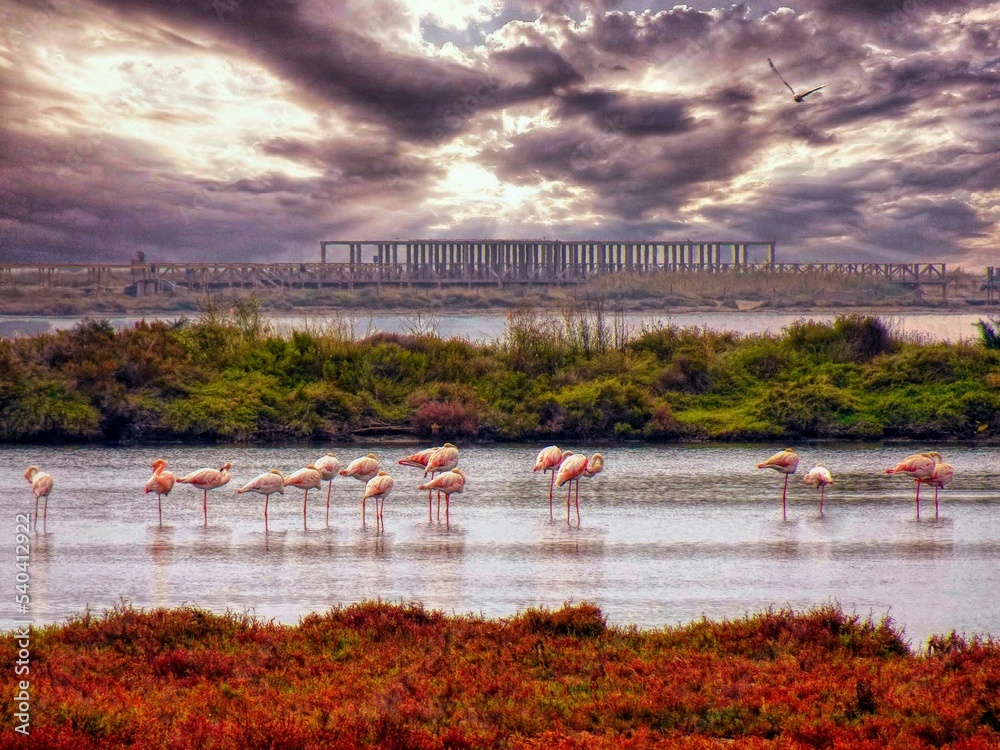



0 Comment